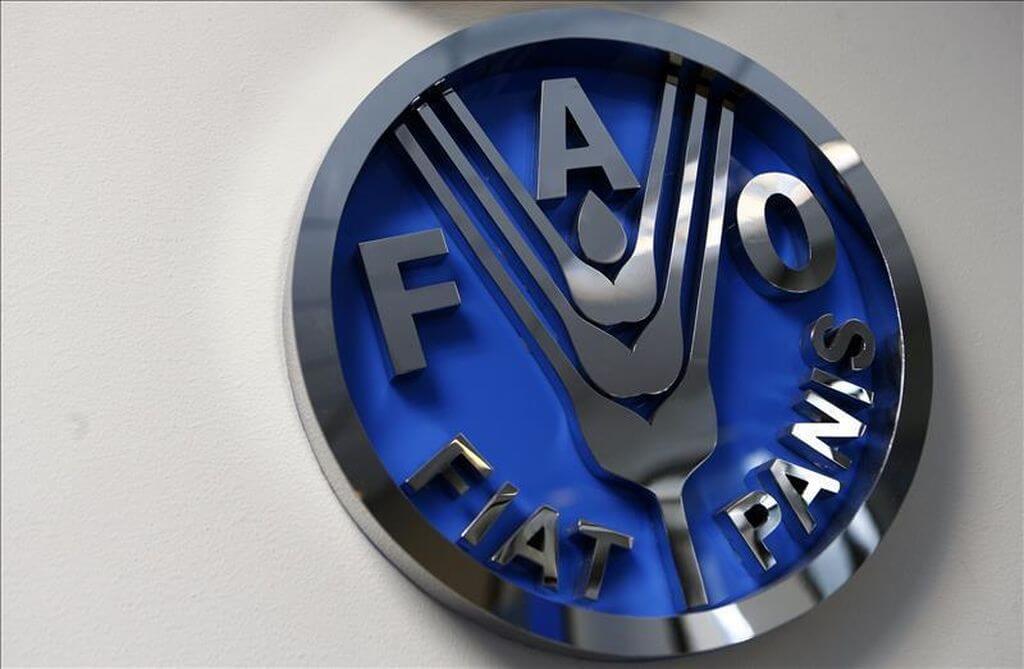In the past 50 years, the population of the Central Asia region has tripled. With the need to feed a larger number of people amid increasingly limited water resources and highly vulnerable climatic conditions, the region faces serious food security challenges, FAO said.
A newly launched regional project from FAO and the Global Environment Facility aims to tackle these challenges in Kazakhstan, Kyrgyzstan, Tajikistan, Turkey, Turkmenistan, and Uzbekistan.
Climate change negatively impacts the productivity of farmland and pasture land in all countries of the region. Grasslands, for example, are at risk of desertification due to higher temperatures and decreasing rainfall, which would directly impact livestock productivity.
Another challenge is that pasture land, which occupies between 77 and 95 percent of the total agricultural area in the region, is not properly managed. Erosion affects over 88 percent of arable land in Kyrgyzstan and 97 percent of agricultural land in Tajikistan. In Kazakhstan, 66 percent of the land area is affected, while in Turkmenistan and Uzbekistan, this figure is as high as 80 percent.
Additionally, between 40 and 80 percent of irrigated lands in the region are salt-affected and/or waterlogged, with the most affected countries being Turkmenistan (68 percent), Uzbekistan (51 percent), Turkey (30 percent) and Kazakhstan (20 percent).
Since land degradation and drought are cross-border threats requiring joint action, Kazakhstan, Kyrgyzstan, Tajikistan, Turkmenistan, and Uzbekistan agreed in 2003 to work together to address them. They developed an action plan for combating desertification and a 10-year programme for land management, which was implemented from 2006 to 2010. Together with Turkey, they agreed to make commitments to support the next phase of the programme, dubbed CACILM 2.
“We must do everything possible to preserve natural resources for our future generations,” said Viorel Gutu, FAO Subregional Coordinator for Central Asia, at the project launch in Almaty. “The international platform for cooperation, created within the framework of CACILM 2, will support dialogue and finding technological solutions for addressing a number of very complex challenges in natural resources management and agriculture in all participating countries.”
The overall objective of the project is to scale up integrated natural resources management in drought-prone and salt-affected agricultural production landscapes in the Central Asian countries and Turkey through increased sustainable management practices that minimize pressure and harm on natural resources. It aims to reduce risks and vulnerability while enhancing the capacity of rural communities to cope with and adapt to drought and salinity.
Moreover, the adoption of integrated approaches to landscape and natural resources management should help stabilize and even reverse trends of soil salinization while also reducing erosion, improving water capture and retention, increasing the sequestration of carbon, and reducing the loss of agrobiodiversity.
“The common challenge of the Central Asian region is soil degradation and the need to introduce technologies that will help to cope with climate change,” said Kairat Nazhmidenov, head of the FAO Partnership and Liaison Office in Kazakhstan, at the launch ceremony.
The project will pay a great deal of attention to improving pastures, ensuring that they are used fully but that countries’ ecologies are not affected, he said.
“The FAO project will contribute to solving two tasks at once,” Nazhmidenov said. “On one hand, the development of agriculture, and on the other, the improvement of the environmental situation.”




